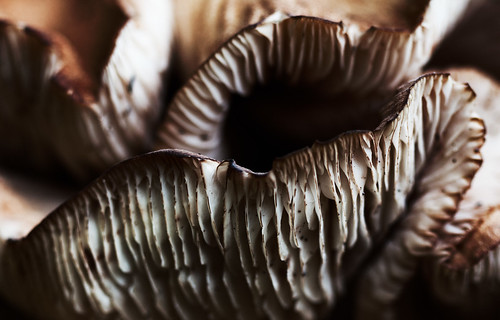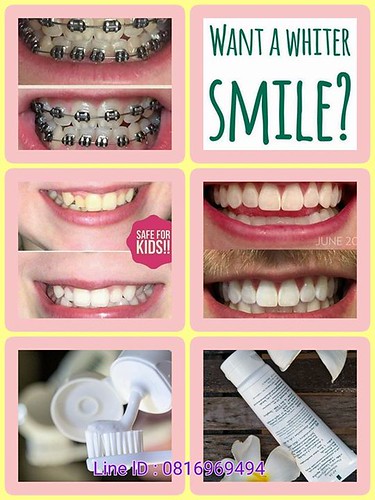Apeutic effects of HS can be dose dependant and that a very elevated therapeutic dose can actually have negative effects on bone healing. Another potential explanation may be related to the pH/ionic microenvironment of the distracted zone, where HS tends to have a lower binding affinity to proteins in acidic milieus [38,39]. In our model of DO, acidosis in the distracted gap resulting from hypoxia [52] likely caused a decrease in cationic presence in the callus. This acidic microenvironment may have potentiated a decrease inbinding affinity of HS to BMP antagonists and resulted in decreased bioavailibilty of endogenous BMPs. In summary, a large number of factors 12926553 can influence the binding sites, the specificity and consequently, the structurefunction of HS, which in itself makes HS a very difficult therapeutic target. Of great concern, was the increased complication rate observed in the HS group (18.4 vs. 4.2 in the controls), mostly related to wound dehiscence and infection. One possible explanation for this, is that HS affects both bone healing and wound healing, as demonstrated by Woodruff et al. [32]. In our study, HS had a negative effect on bone healing and as such may have also had a negative effect on wound healing, secondary to its effects on the surrounding growth factors. Our findings add to the controversy in the literature as  to the effect of HS on bone formation in vivo. We are the first group to report negative results on both regenerate 1948-33-0 web strength and wound healing with the application of 5 mg HS in a murine model of DO. In fact, HS may not be a specific enough target for bone healing and also raises certain safety concerns. Future studies could focus on determining the appropriate source, biochemical properties and microenvironment at which HS can actually potentiate an anabolic or catabolic effect in bone. However, the results of our study and a review of the literature demonstrate that due to its unspecific and highly variable binding affinity in vivo, HS is a difficult and non-specific therapeutic target for increasing endogenous BMPs. For these reasons, we recommend focusing on other avenues as potential targets for impacting the BMP signaling pathway for bone regeneration.AcknowledgmentsThe HIV-RT inhibitor 1 chemical information authors would like to thank G. Charette for his help in embedding the bone sections as well as Mrs Maria Kotsiopriftis for her assistance in histomorphometry and immunohistochemistry. The authors would also like to acknowledge the
to the effect of HS on bone formation in vivo. We are the first group to report negative results on both regenerate 1948-33-0 web strength and wound healing with the application of 5 mg HS in a murine model of DO. In fact, HS may not be a specific enough target for bone healing and also raises certain safety concerns. Future studies could focus on determining the appropriate source, biochemical properties and microenvironment at which HS can actually potentiate an anabolic or catabolic effect in bone. However, the results of our study and a review of the literature demonstrate that due to its unspecific and highly variable binding affinity in vivo, HS is a difficult and non-specific therapeutic target for increasing endogenous BMPs. For these reasons, we recommend focusing on other avenues as potential targets for impacting the BMP signaling pathway for bone regeneration.AcknowledgmentsThe HIV-RT inhibitor 1 chemical information authors would like to thank G. Charette for his help in embedding the bone sections as well as Mrs Maria Kotsiopriftis for her assistance in histomorphometry and immunohistochemistry. The authors would also like to acknowledge the  McGill Center of Bone Peridontal Research for completing the Faxitron X-ray and mCT imaging and analysis.Author ContributionsConceived and designed the experiments: MG RH. Performed the experiments: MG BD NA. Analyzed the data: NA BK MG DL RH. Contributed reagents/materials/analysis tools: 15755315 NA BK MG DL RH. Wrote the paper: MG BK RH.
McGill Center of Bone Peridontal Research for completing the Faxitron X-ray and mCT imaging and analysis.Author ContributionsConceived and designed the experiments: MG RH. Performed the experiments: MG BD NA. Analyzed the data: NA BK MG DL RH. Contributed reagents/materials/analysis tools: 15755315 NA BK MG DL RH. Wrote the paper: MG BK RH.
Triclosan is a synthetic broad spectrum biocide that was introduced to the market in the early 1970s [1]. In low concentrations triclosan inhibits the growth of many bacteria and higher concentrations can be bactericidal [2,3]. It is now widely used as an antiseptic, disinfectant and preservative in clinical settings and in various consumer products including cosmetics, plastic materials, toys and textiles [4]. Environmental exposure, toxicity and mechanisms of action have recently been reviewed by Dann et Hontela [5]. Triclosan is excreted in the urine and has been found in human urine (2.4?790 mg/l), plasma (0.01?8 mg/l) and breast milk (0.018?.95 mg/l). The extensive use.Apeutic effects of HS can be dose dependant and that a very elevated therapeutic dose can actually have negative effects on bone healing. Another potential explanation may be related to the pH/ionic microenvironment of the distracted zone, where HS tends to have a lower binding affinity to proteins in acidic milieus [38,39]. In our model of DO, acidosis in the distracted gap resulting from hypoxia [52] likely caused a decrease in cationic presence in the callus. This acidic microenvironment may have potentiated a decrease inbinding affinity of HS to BMP antagonists and resulted in decreased bioavailibilty of endogenous BMPs. In summary, a large number of factors 12926553 can influence the binding sites, the specificity and consequently, the structurefunction of HS, which in itself makes HS a very difficult therapeutic target. Of great concern, was the increased complication rate observed in the HS group (18.4 vs. 4.2 in the controls), mostly related to wound dehiscence and infection. One possible explanation for this, is that HS affects both bone healing and wound healing, as demonstrated by Woodruff et al. [32]. In our study, HS had a negative effect on bone healing and as such may have also had a negative effect on wound healing, secondary to its effects on the surrounding growth factors. Our findings add to the controversy in the literature as to the effect of HS on bone formation in vivo. We are the first group to report negative results on both regenerate strength and wound healing with the application of 5 mg HS in a murine model of DO. In fact, HS may not be a specific enough target for bone healing and also raises certain safety concerns. Future studies could focus on determining the appropriate source, biochemical properties and microenvironment at which HS can actually potentiate an anabolic or catabolic effect in bone. However, the results of our study and a review of the literature demonstrate that due to its unspecific and highly variable binding affinity in vivo, HS is a difficult and non-specific therapeutic target for increasing endogenous BMPs. For these reasons, we recommend focusing on other avenues as potential targets for impacting the BMP signaling pathway for bone regeneration.AcknowledgmentsThe authors would like to thank G. Charette for his help in embedding the bone sections as well as Mrs Maria Kotsiopriftis for her assistance in histomorphometry and immunohistochemistry. The authors would also like to acknowledge the McGill Center of Bone Peridontal Research for completing the Faxitron X-ray and mCT imaging and analysis.Author ContributionsConceived and designed the experiments: MG RH. Performed the experiments: MG BD NA. Analyzed the data: NA BK MG DL RH. Contributed reagents/materials/analysis tools: 15755315 NA BK MG DL RH. Wrote the paper: MG BK RH.
Triclosan is a synthetic broad spectrum biocide that was introduced to the market in the early 1970s [1]. In low concentrations triclosan inhibits the growth of many bacteria and higher concentrations can be bactericidal [2,3]. It is now widely used as an antiseptic, disinfectant and preservative in clinical settings and in various consumer products including cosmetics, plastic materials, toys and textiles [4]. Environmental exposure, toxicity and mechanisms of action have recently been reviewed by Dann et Hontela [5]. Triclosan is excreted in the urine and has been found in human urine (2.4?790 mg/l), plasma (0.01?8 mg/l) and breast milk (0.018?.95 mg/l). The extensive use.
